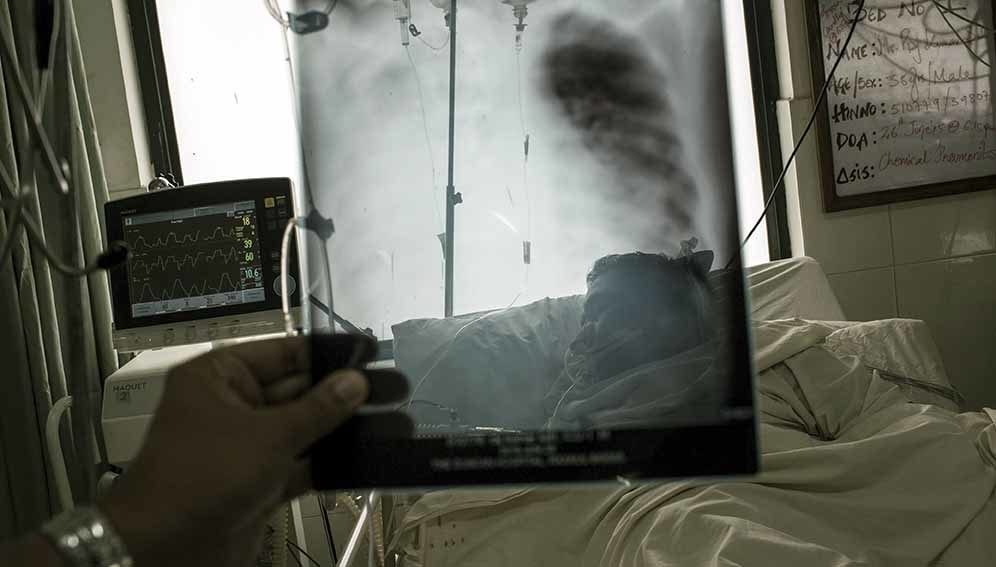By: Inga Vesper
Send to a friend
The details you provide on this page will not be used to send unsolicited email, and will not be sold to a 3rd party. See privacy policy.
Covering walls with concrete or plaster can reduce the growth of moss and mould in tropical homes prone to dampness.
In an experimental study using different types of wall materials, researchers from Sri Lanka found that smooth surfaces mean less opportunity for water to congregate on wall surfaces.
Countries close to the equator typically see average temperatures of around 20-30 degrees Celsius and air humidity of around 60-95 per cent — ideal conditions for indoor mould to grow. This then affects indoor air quality and health.
“Mycotoxins, spores and fragments produced by moulds are released into the air, which is toxic to humans and results in health problems such as respiratory problems and allergies,” says Chameera Udawattha, an engineering researcher at the University of Moratura in Sri Lanka.
The health burden of mould has been well studied in Europe, with evidence that exposure is linked with a higher risk of asthma, wheezing and allergic reactions. In Europe, according to the WHO, the risk of asthma increases by around 30-50% if mould is present in a home. Children are most affected as their lungs and immune systems are still developing and cope less well with breathing in toxic substances.
“Mycotoxins, spores and fragments produced by moulds are released into the air, which is toxic to humans and results in health problems such as respiratory problems and allergies”
Chameera Udawattha
But there is little data on the health burden of mould and dampness in developing countries. According to a 2014 report by the Global Asthma Network, the highest health burden of asthma — with around 20 per cent of 13-14-year-olds affected — is in the poorest regions of Central America and South-East Asia, although the authors admit that underreporting in African countries might skew the picture.
For their study, the Sri Lankan research team built a set of identical walls from materials commonly used to build homes in the tropics, including brick, cement blocks, mud bricks and Cabook – bricks made from laterite soil. They also used different plasters on some walls, and smeared the surfaces with buttermilk or potato starch solutions to trigger moss and mould to grow.
According to their results, published in the June edition of Building and Environment, the smooth, plastered surfaces were best for homes to stay dry. But the cost of plastering might prevent poor families from acting on this advice, Chameera says.
Chidozie Nnaji, an environmental engineer at the University of Nigeria, has studied the mould burden in his country, with findings similar to those of Udawattha and his team. Nnaji says that mould thrives best on buildings made from porous concrete and masonry components with uneven surfaces.
“There are many unpainted buildings in tropical developing countries and such buildings are more prone to the problem,” he explains.
Poor people often resort to chemicals to control mould growth in the home, but these can exacerbate respiratory diseases and are “not a sustainable and safe prevention method”, Udawattha told SciDev.Net.In its report, the Global Asthma Network said that the incidence of respiratory diseases is increasing, especially among the youngest, and “the historical view of asthma being a disease of high-income countries no longer holds”.
It found that 22 per cent of babies in Latin America experience recurring phases of wheezing, compared to less than 15 per cent in Europe. The highest mortality rates from asthma were recorded in Thailand, Mauritius, Fiji, the Philippines and South Africa.














